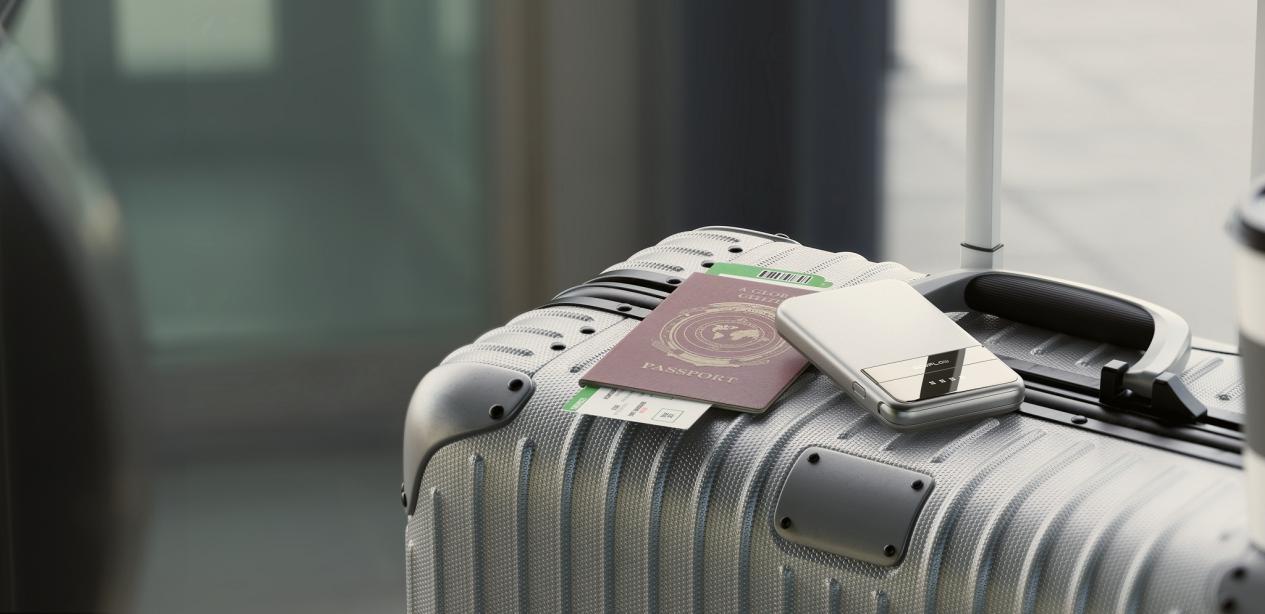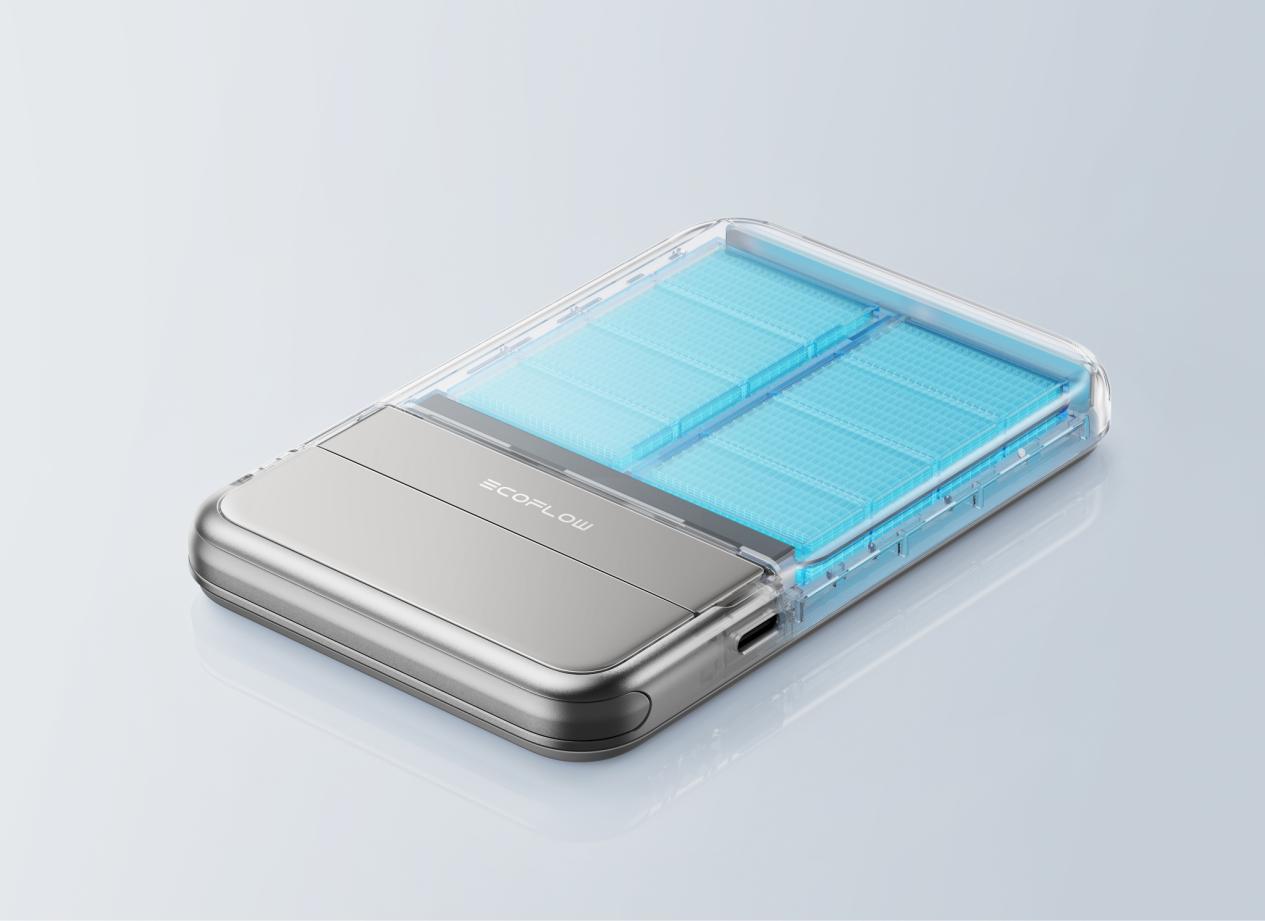What Is the Top Back-to-School Item?
Grade Level | Supply Items |
Kindergarten to 2nd Grade | Jumbo pencils with ergonomic gripsWashable markers, glue sticks, and safety scissorsDry-erase boardsWide-ruled notebooks and sturdy folders |
3rd to 5th Grade | Standard pencils, manual sharpeners, and large erasersPencil cases and desk organizersComposition notebooks and folders in different colorsHighlighters and reading strips |
Middle and High School | Scientific calculators like the TI-30X or CasioMechanical pencils and graph paperDurable binders with labeled dividersSticky tabs and student plannersFlash drives and over-ear headphones |
College Essentials | Lightweight laptops with long battery lifeUSB-C hubsBackpacks with tech compartmentsNoise-canceling headphonesReusable notebooks, slim planners, and insulated lunch containersPower bank |
Small but Useful Items | Student plannersReusable water bottlesBento-style lunchboxes |
The right school supplies do more than check boxes—they shape how kids feel about learning. Having everything ready builds confidence, reduces stress, and sets a positive tone for the year ahead. Smart planning now can lead to smoother routines and stronger focus later.
What Is the #1 Top Selling Back-to-School Item?
Backpacks are still the top-selling school item for all age groups. This is not just because of habit. They are useful for every student. Young kids need to carry crayons and notebooks. Older students often bring laptops and textbooks.
Backpacks today are more than just bags. Many have water-resistant fabric, USB charging ports, and padded areas for laptops. Parents look for strong and practical designs. Kids often choose styles they like, such as popular colors or favorite characters.
Laptops, especially Chromebooks, are also getting more popular. More schools now use digital tools in class. A light laptop that works with school systems is becoming a basic need, not just a nice extra.
Top Selling School Supplies by Grade Level
Different ages require different tools. Below is what’s trending in 2025, organized by school stage.
Kindergarten to 2nd Grade
Younger kids need durable, easy-to-handle supplies that encourage learning through play.
Jumbo pencils with ergonomic grips help small hands write comfortably.
Washable markers, glue sticks, and safety scissors keep activities mess-free and safe.
Dry-erase boards make letter and number practice more interactive at home.
Wide-ruled notebooks and sturdy folders hold up to daily wear and tear.
If you’re building a kindergarten supply checklist, start with these basics—they’re popular for a reason.
3rd to 5th Grade
As reading and writing demands grow, so does the need for structure and organization.
- Standard pencils, manual sharpeners, and large erasers handle longer writing sessions.
- Pencil cases and desk organizers help prevent clutter at school and at home.
- Composition notebooks and folders in different colors support subject separation.
- Highlighters and reading strips are helpful tools for boosting comprehension during longer assignments.
These years often mark the transition from playful learning to more structured schoolwork—so choosing the right supplies can make a noticeable difference.
Middle and High School
Older students are juggling more subjects, digital learning tools, and tighter schedules.
Scientific calculators like the TI-30X or Casio are often required for math courses.
Mechanical pencils and graph paper are favorites for precision-based work.
Durable binders with labeled dividers help keep homework and handouts organized.
Sticky tabs and student planners become essential for tracking due dates and exams.
Flash drives and over-ear headphones are useful for both in-class projects and home study.
If you're shopping for a high school student, focus on quality items they’ll actually use every day.


College Essentials
In college, students prioritize compact, reliable, and multitasking tools that fit dorm life and frequent campus movement.
Lightweight laptops with long battery life are critical for research and assignments.
USB-C hubs expand device compatibility and reduce desk clutter.
Backpacks with tech compartments protect devices on the go.
Noise-canceling headphones improve focus in shared spaces.
Reusable notebooks, slim planners, and insulated lunch containers support both academics and wellness.
Power bank. For busy college students, the EcoFlow RAPID Magnetic Power Bank (10000mAh) offers fast charging, a built-in cable, and a kickstand—ideal for powering devices between classes without hunting for outlets.
The best college tech essentials are those that simplify a busy student's lifestyle.Especially choosing a durable power bank can ensure that you don’t have to worry about power all day long.
Don’t Overlook These Small but Useful Items
While they don’t make headlines, some school supplies quietly improve your child’s learning experience:
- Student planners help kids manage time and learn responsibility.
- Reusable water bottles keep students hydrated and ready to focus.
- Bento-style lunchboxes make it easier to pack healthy, eco-friendly meals.
These might not be the first items on your list, but they’re the ones students come to rely on every single day.
What Parents Should Do Before Buying School Supplies
Heading to the store without a plan often leads to duplicates, forgotten essentials, or overspending. These prep steps help you shop smarter and waste less:
- Start with the school-provided supply list. It's the best way to avoid buying what you don’t need.
- Talk with your child about the upcoming year. Ask what they’re excited about or nervous about—it gives insight into what might help them feel more prepared.
- Visit the school or review schedules ahead of time. Familiarity eases first-week nerves.
- Create a learning space at home. Even a small corner with proper lighting and minimal distractions can encourage better homework habits.
This kind of back-to-school prep checklist turns shopping from stressful to satisfying.
5 Practical Tips for a Smooth Start
Getting the right supplies is only part of the equation. A smooth start to the school year also depends on how you set up your child's environment and daily rhythm. These simple but effective steps can ease anxiety and build confidence.
- Create a calm, clutter-free study area at home that includes good lighting, comfortable seating, and easy access to essential school supplies.
- Review class schedules or meet teachers early to reduce anxiety, answer questions in advance, and help your child feel more comfortable with the transition.
- Establish weekday routines—including homework time, screen limits, and bedtime—to create structure, reduce chaos, and encourage better habits.
- Prep a few outfits and lunch plans for the first school days so your child can focus on settling in instead of making last-minute decisions.
5. Ease into earlier bedtimes a week before school starts to help your child’s body clock adjust naturally and avoid first-week exhaustion.
A well-planned morning routine, along with simple habits like preparing outfits and lunches in advance, can make the first week back to school much smoother. Small steps—like adjusting bedtimes or setting up a quiet study space—help reduce stress and set your child up for success.
Choose Back-to-School Items What Truly Helps
Popular school supplies like backpacks, laptops, and notebooks only help if they match your child’s daily needs. Smart parents don’t just follow trends—they pick what works for their child’s routine. Tools like power banks are now must-haves for older students. You need to choose a power bank with appropriate capacity according to the situation of kid's laptop.The EcoFlow RAPID power bank charges fast, is easy to carry, and shows power levels in the app. Choose supplies that make school life easier, not harder. Start preparing now to help your child feel ready and confident.


3 FAQs About Back-to-School for Parents and Kids
Q1: How early should parents start back-to-school shopping?
It’s best to start shopping 3 to 4 weeks before school begins. Starting early helps you find better prices and more choices. You also get more time to compare items. If you wait too long, some supplies might be sold out. Shopping early also gives kids time to try out their new things. This helps them feel ready on the first day.
Q2: Are name labels necessary on all school supplies?
Yes, name labels are a good idea, especially for younger kids. In the classroom, supplies can get mixed up. Labels help tell things apart and stop them from getting lost. Older kids may not need labels on everything. But it still helps for important items like calculators or water bottles. Use waterproof labels for lunchboxes or anything made of fabric.
Q3: What’s the best way to involve kids in back-to-school prep?
Let them make small choices. For example, they can pick their backpack or choose between two lunchboxes. This makes them feel more in control. You can also ask them to help organize supplies or set up a homework space. Older kids can look at their class schedule with you. You can also help them make a simple plan for schoolwork. This makes them feel more ready and less stressed.